Introduction to Fishing Rod Lengths
Fishing success hinges greatly on choosing the correct rod length. Rods vary widely, coming in several lengths to suit different types of fishing. Each length has distinct advantages and results in unique fishing experiences. By understanding these differences, you can maximize your fishing efforts.
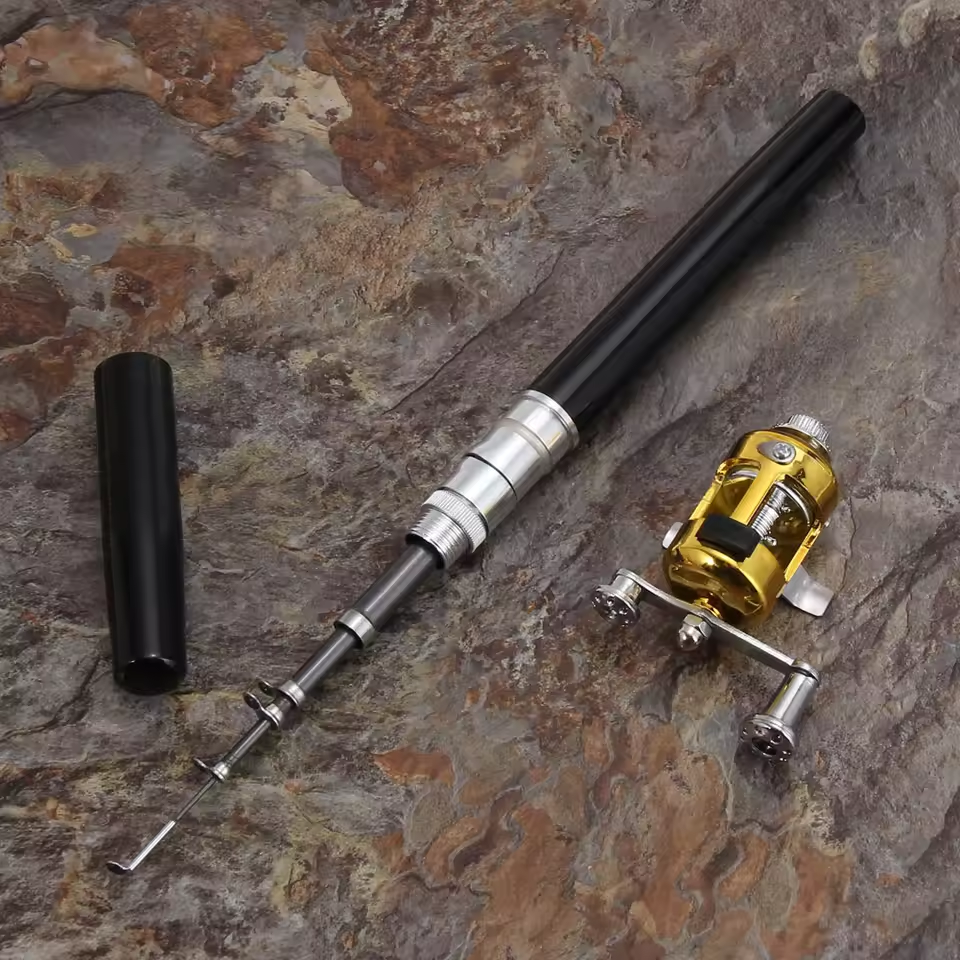
Definition of Short, Medium, and Long Fishing Rods
Short fishing rods are less than 7 feet long. They’re perfect for precision, especially in tight spaces. Medium rods range from 7 to 9 feet and offer a mix of control and distance. Long rods, over 9 feet, excel in casting far distances. They are great for fishing in large open waters.
Importance of Rod Length in Performance
The length of a fishing rod will influence how you cast, control, and manage the rod. Short rods boost accuracy and are easier to handle. This makes them great for fishing in areas with lots of cover, or for beginners who need more control. Long rods allow you to cast further but may be harder to maneuver. They are ideal for open waters where distance matters. The rod’s length can also affect your comfort, making it crucial to choose a size that feels good in your hands.
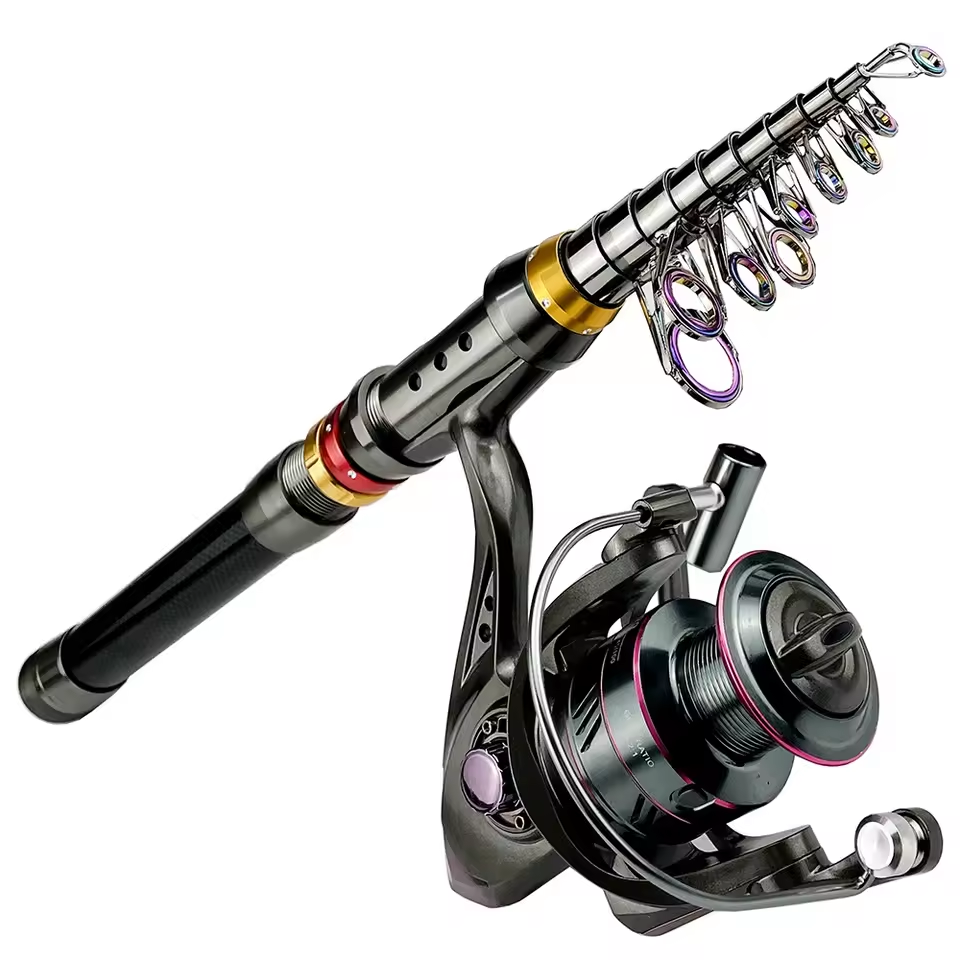 Factors Influencing Rod Length Choice
Factors Influencing Rod Length Choice
Choosing the right fishing rod length is key to better performance and comfort. Let’s explore the factors you should consider.
Casting Accuracy
For precise casts, a short rod is superior. It’s best when fishing around obstacles or aiming for specific spots. However, medium rods that range from 7 to 9 feet can still offer decent accuracy if you master the technique.
Leverage and Hook-Setting
Long rods provide more leverage, aiding in hook-setting, especially with fast-action rods. This is vital when using single-hook lures. For treble-hooked lures like crankbaits or jerkbaits, slower-action and shorter rods may be better as they maintain tension on the line, which is crucial for keeping a fish hooked.
Impact on Casting Distance
When fishing large waters, a long rod is your ally for longer casts. Remember, while long rods cast farther, they’re harder to control. Beginners or those seeking more finesse should start with a medium-length rod and work their way up as confidence and ability grow.
Comfort and Physical Considerations
Your physical attributes, comfort, and the fishing environment heavily influence rod selection. If a rod is too long or too heavy, it can make fishing uncomfortable or difficult. Choose a length that matches your stature and strength for an easier and more enjoyable experience.
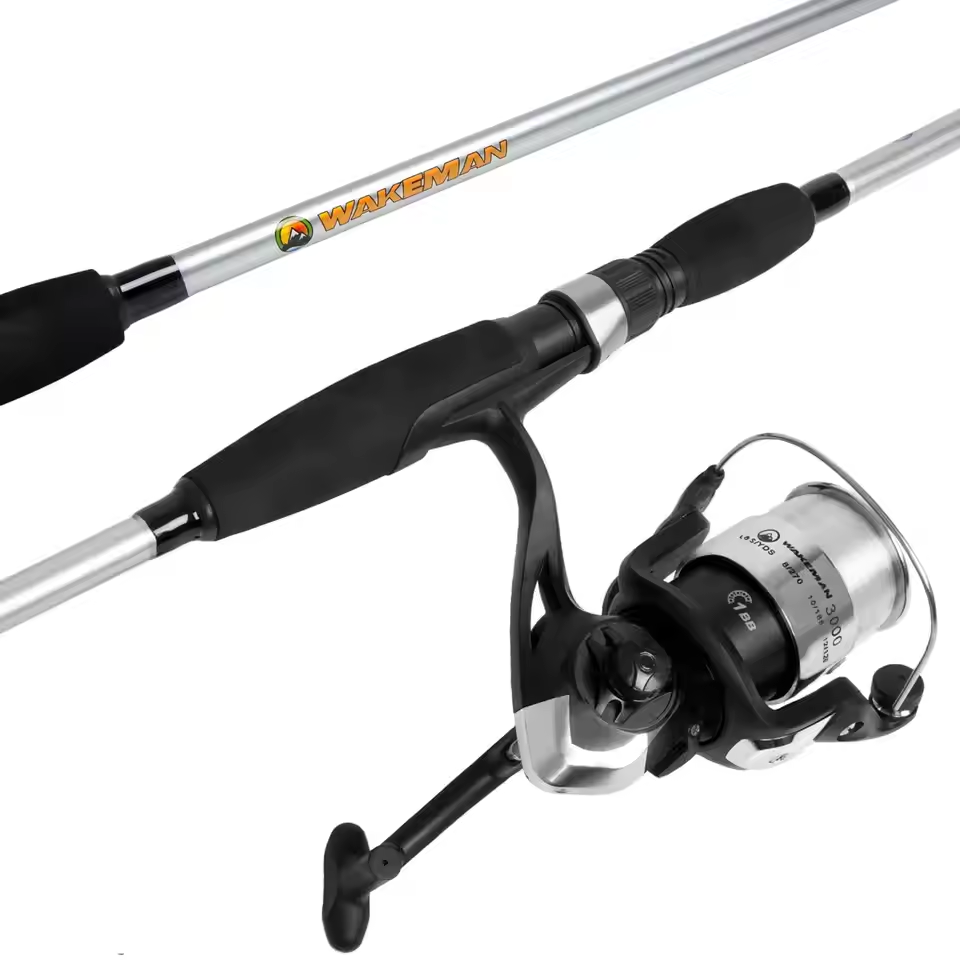 The Role of Rod Power and Action
The Role of Rod Power and Action
Choosing the right fishing rod isn’t just a matter of length. Power and action are crucial too.
Defining Rod Power and Its Importance
Rod power is how much force it takes to bend the rod. It affects what fish you can catch and how your lure moves. It’s key to match rod power with the fish you target and the lure you use.
Understanding Rod Action and Its Effects
Rod action determines where and how the rod bends. It shapes your casting and lure movement. Fast-action rods bend at the top, making them sensitive. Slower-action rods bend lower, giving deeper bends. Choose action based on your fishing style and what you want from your lure.
Finding the Right Combination
Selecting the right fishing rod is multifaceted. It must consider length, power, and action. It is crucial to balance these to match your fishing needs and style.
Balancing Rod Length, Power, and Action
When you’re choosing a rod, it’s not just about the length. The power and action of a rod matter too. Here’s a simple way to think about it:
- Rod Length: Dictates casting distance and accuracy.
- Rod Power: Determines what size fish you can reel in and how the rod handles.
- Rod Action: Defines the flexibility of the rod and influences how lures move in the water.
Combine these factors based on where you fish and what fish you target. This blend will improve your control and success.
Situational Recommendations for Rod Length
Here’s a quick guide:
- Stream Fishing: Go for a short rod to maneuver around bushes and trees.
- Lake Fishing: Choose a medium-length rod for versatility.
- Surf Fishing: Select a long rod to reach far into the water.
Your choice should help you handle the rod with ease and feel comfortable throughout your fishing adventure. Each situation might call for a different combination, so consider where you’ll be fishing most often when making your selection.
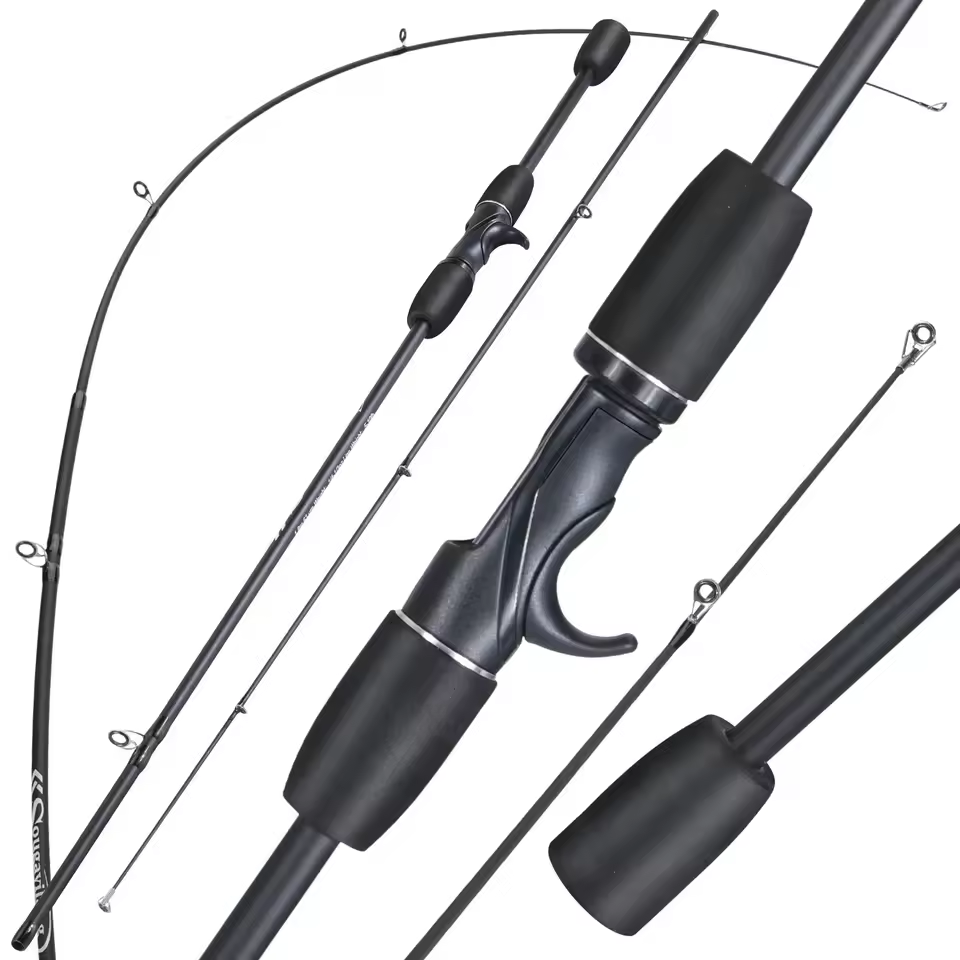 Considerations for Beginners
Considerations for Beginners
When starting your fishing journey, selecting the right rod length is essential for a positive experience.
Why Medium-Length Rods are Ideal for Starters
Medium-length rods, typically around 7 to 9 feet, offer new anglers the best of both worlds. These rods provide a good balance between casting distance and control, making them easier to handle while learning. Furthermore, they are versatile enough to be used in a variety of fishing scenarios, from lakes to slow-moving rivers.
- Ease of handling: Not too long or too short, they’re just right for getting the hang of casting techniques.
- Balance of performance: They strike a solid balance between accuracy and the ability to cast a reasonable distance.
- Versatility: These rods fit many different environments, thus cutting down on the need for multiple rods early on.
- Sturdiness: Typically robust enough to fend off beginner errors without breaking easily.
Beginning with a medium-length rod allows you to gradually build skill and confidence before considering a change in rod length to suit specific fishing techniques or locations.
Transitioning to Longer Rods as Skills Improve
As you advance in your fishing skills, shifting to a longer rod may offer advantages for certain types of fishing, such as surfcasting or trolling. With improved technique, handling the additional length becomes easier, and the increased casting range becomes beneficial.
- Developed skillset: With the basics mastered, a longer rod’s complexity is less daunting.
- Better casting range: Longer rods allow for reaching out to more distant waters.
- Specific techniques: Some fishing styles are more effective with longer rods,
Remember, a gradual transition to longer rods, as comfort and skill permit, will aid in maintaining enjoyment and effectiveness while fishing. Stay within your comfort zone, and don’t rush the process, as this can lead to frustration. As always, recommended rod length should also take into account the angler’s physical characteristics and the targeted fish species.
Additional Guidelines for Selecting a Rod
Choosing the right fishing rod also means looking at types, materials, and components.
Types of Fishing Rods and Their Uses
Different fishing styles require different types of rods. Here’s a quick breakdown:
- Casting Rods: Good for baitcasting reels, providing precision.
- Spinning Rods: Easier to use, great for beginners with spinning reels.
- Fly Rods: Designed for fly fishing, offering lightweight and flexibility.
- Sea Fishing Rods: Built for the ocean environment, durable and strong.
- Telescopic Rods: Compact for travel, they extend for use.
- Trolling Rods: Ideal for dragging lures behind a moving boat.
Material Choices for Fishing Rods
Rod materials affect flexibility, durability, and sensitivity. Common materials include:
- Fiberglass: Heavy and flexible, good for beginners.
- Graphite: Light and stiff, offers quick action.
- Composite: A mix, offering the best of both worlds.
Components of a Fishing Rod and Their Significance
Components are crucial for rod performance. They include:
- Handle: For grip and control during casting and retrieval.
- Reel Seat: Where the reel attaches, ensuring stability.
- Guides: Rings along the rod that guide the line, reducing tangles.
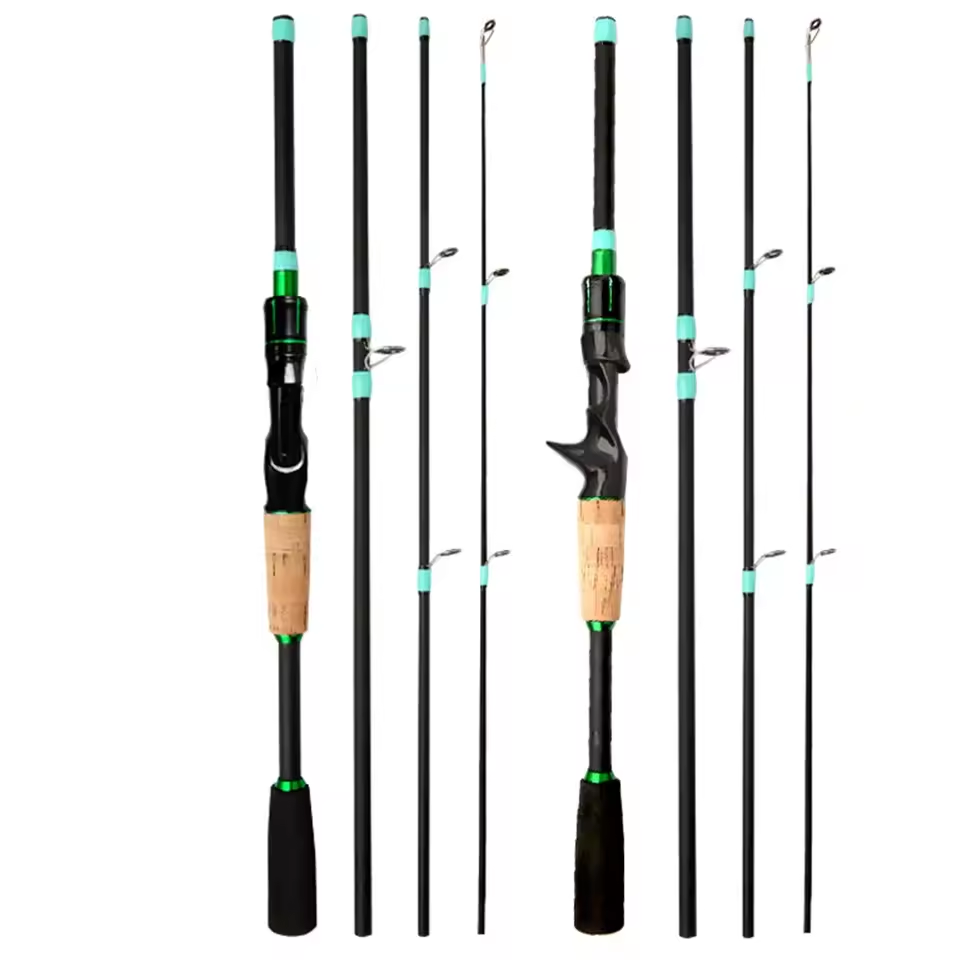 Conclusion
Conclusion
In closing, choosing the right fishing rod length is vital for a successful fishing experience. Key takeaways include:
Summarizing Key Points for Rod Length Selection
- Short rods (<7 feet) excel in precision, best for tight spots and detailed angling.
- Medium rods (7-9 feet) balance control and distance, suitable for various fishing conditions.
- Long rods (>9 feet) are made for casting far, ideal for open waters and surfcasting.
- Rod length affects casting distance, accuracy, and comfort.
- Rod power and action are also crucial to consider along with length.
- Match your rod’s length, power, and action to your fishing environment and target species.
When you understand these key points, choosing becomes easier and more strategic.
Encouraging Comfort and Personal Preference in Choice
It’s essential to select a rod that feels good to you. This means:
- Pick a rod length that matches your height and strength.
- Start with a medium-length rod if you’re new to fishing.
- Move to longer rods as your skills improve.
- Always choose a rod that you can handle comfortably, for more enjoyable fishing.
Remember, comfort and fit are as important as technical specs. Your rod should feel like an extension of your arm, easy to use and right for you.
Finally, personal preference matters. What works for one angler might not suit another. Trust your instincts and experience when making your choice. Happy fishing!